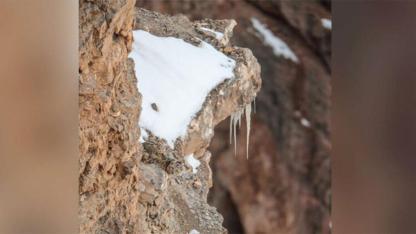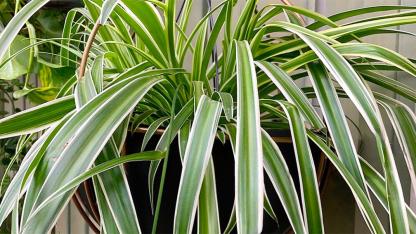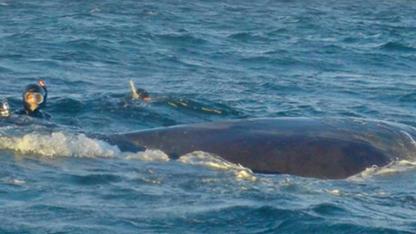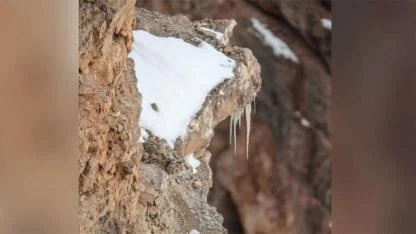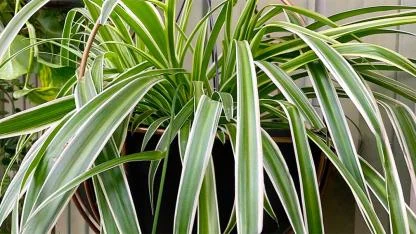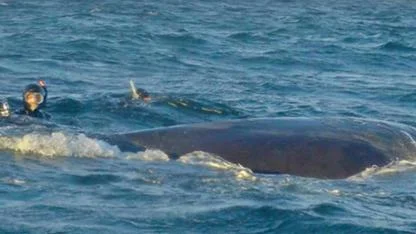The Silver Diamond Firetail Barely Even Looks Real
Meet the silver diamond firetail, a rare variety of native Australian finch that looks like a Christmas angel with flames spilling from beneath its robes. Only the most experienced breeders can reliably produce this variety of the diamond firetail (Stagonopleura guttata), selecting parents that carry the recessive genes that give rise to this almost pearlescent plumage.
Yayınlanma :
28.05.2020 21:21
Güncelleme
: 28.05.2020 21:21
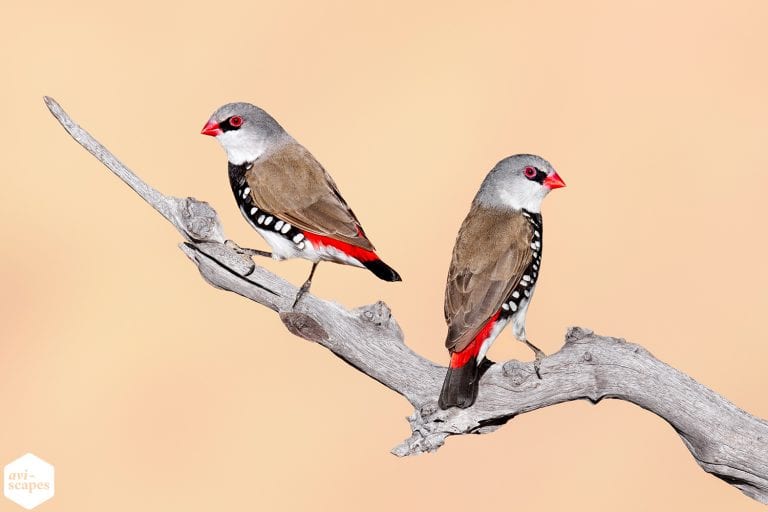

Even though Diamond Sparrows could start breeding when they are as young as 5 or 6 months old, it is best to discourage that until they are 10 months or a year old to minimize the risk of egg binding in young females. Provided sufficient space is available for all, Diamond Firetails usually do well in mixed aviaries, as they usually get along well with finches of their own size, such Chestnut-breasted Finches, Java Finches, Red-headed / Paradise or Aberdeen Finches, Golden Song Sparrows, Cutthroats, Zebra or Orange-breasted Waxbills, Cordon Bleus, Red Strawberries, Long-tailed Grassfinches and Chaffinches. It is always important to watch birds for compatibility for some time after they have been placed into a communal aviary to see how they get along and remove those that get either too stressed or those that are bullying the other occupants. Even though these finches can be housed in cages, they are prone to obesity if they don't have the opportunity to exercise / fly every day. They also tend to stress out when confined in small spaces, which will weaken their immune system and lower their productivity (as far as breeding is concerned). A large, planted flight / aviary is preferable. However, pairs may need to be separated when they are in breeding mode to avoid aggression towards other birds. Breeding cages should be at least 24 inches (0.6 meters) long.

